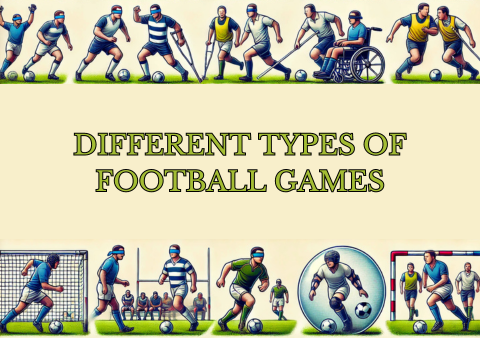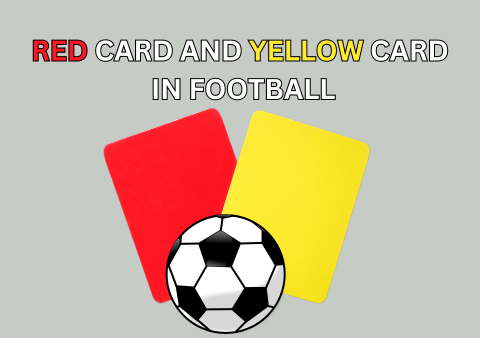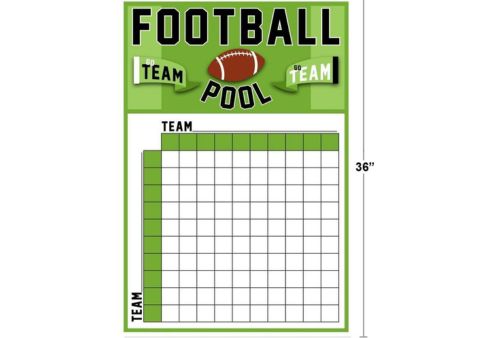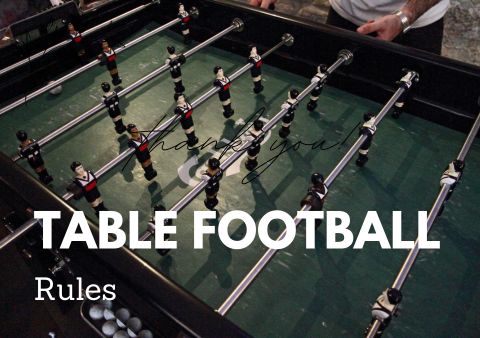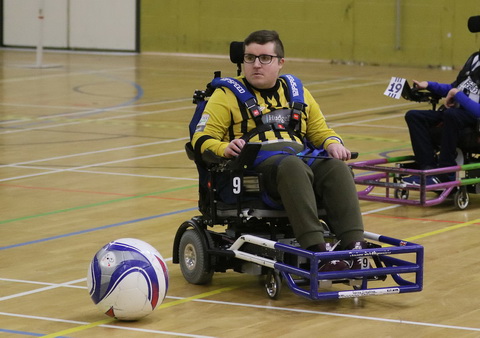10 Best Movies About Football of All Time
The 10 best movies about football of all time go beyond the sport—they capture the passion, struggles, and triumphs that define the game. In this article, we share some of the best football movies you must see. Top 10 Best Football Movies of All Time We share a list of the top ten best football…



